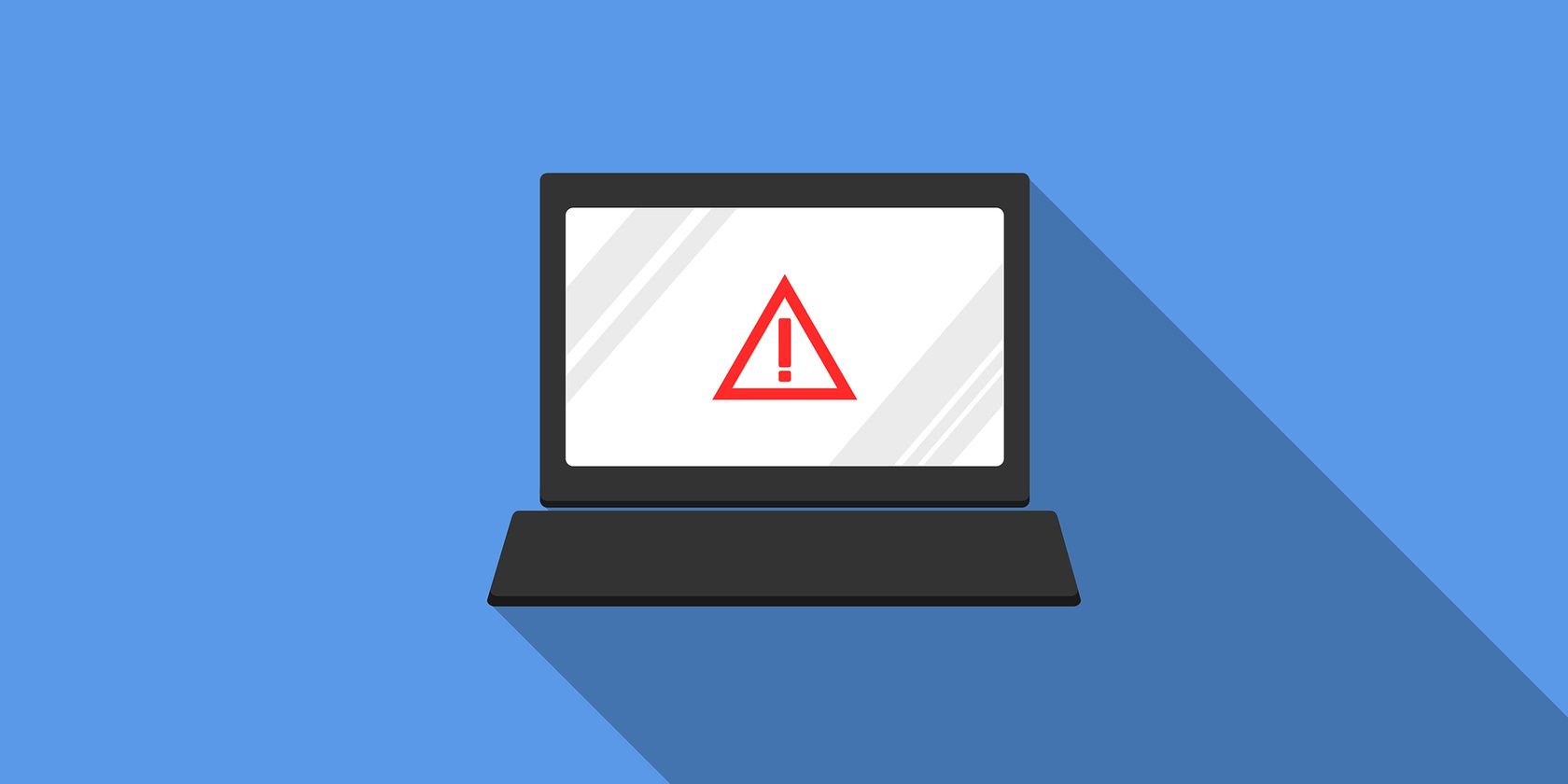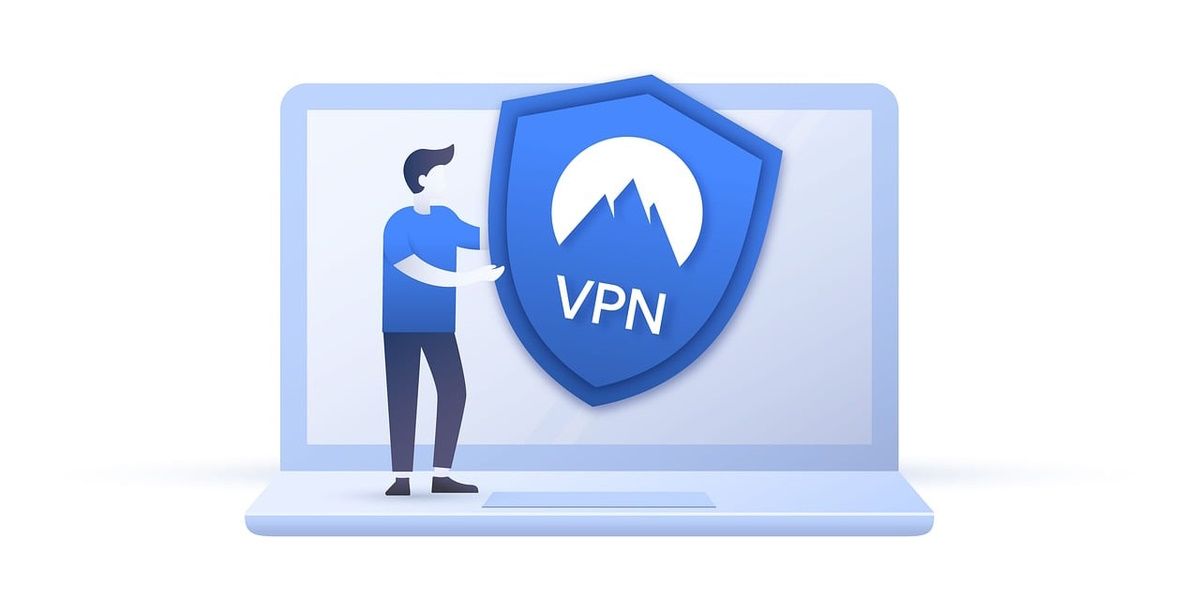Remote desktop protocol (RDP) is essential for remote access. Now, when companies are increasingly adopting the remote working model, RDP connections have grown exponentially. As RDP allows remote workers to use their companies' networks, hackers are relentlessly carrying out remote desktop protocol attacks to access and exploit enterprise networks.
What Is a Remote Desktop Protocol Attack?
An RDP attack is a type of cyberattack that attempts to gain access to or control a remote computer using the RDP protocol.
RDP attacks are becoming increasingly common as attackers look for ways to take advantage of insecure systems, exposed services, and vulnerable network endpoints. The goal of an attacker can vary from gaining complete control over the target system, harvesting credentials, or executing malicious code.
The most common method used in RDP attacks is brute force password guessing by trying numerous username and password combinations until one works.
Other methods could be exploiting vulnerabilities in outdated software versions and configurations, eavesdropping on unencrypted connections via man-in-the-middle (MitM) scenarios, or compromising user accounts with stolen login credentials obtained by phishing campaigns.
Why Do Hackers Target the Remote Desktop Protocol
Hackers target the Remote Desktop Protocol for various reasons, including:
1. Exploit Vulnerabilities
RDP is prone to various security vulnerabilities, making it an attractive target for hackers looking to access confidential systems and data.
2. Identify Weak Passwords
RDP connections are secured with a username and password, so weak passwords can easily be discovered by hackers who use brute-force tactics or other automated tools to crack them.
3. Discover Unsecured Ports
By scanning the network, hackers can discover open RDP ports that have not been adequately secured, providing them with direct access to the server or computer they're targeting.
4. Outdated Software
Outdated remote access tools are a significant vulnerability as they may contain un-patched security holes that hackers can exploit.
Tips to Prevent Remote Desktop Protocol Attacks
The following are easy-to-implement methods to prevent RDP attacks.
1. Use Multi-Factor Authentication
A multi-factor authentication (MFA) solution can help protect against RDP attacks by adding another layer of security to the authentication process.
MFA requires users to provide two or more independent authentication methods, such as a password and a one-time code sent via SMS or email. This makes it much harder for hackers to access the system, as they would need both pieces of information to authenticate. Just watch out for MFA fatigue attacks.
2. Implement Network Level Authentication
Implementing network-level authentication (NLA) can help prevent RDP attacks by requiring users to authenticate before gaining access to the system.
NLA authenticates the user before establishing an RDP session. If authentication fails, the connection is immediately aborted. This helps protect against brute-force attacks and other types of malicious behavior.
Additionally, NLA requires users to connect using TLS/SSL protocols, increasing the system's security.
3. Monitor RDP Server Logs
Monitoring RDP server logs can help prevent RDP attacks by providing insight into any suspicious activity that may be occurring.
For example, administrators can monitor the number of failed login attempts or identify IP addresses that have been used to attempt to gain access to the server. They can also review logs for any unexpected startup or shutdown processes and user activity.
By monitoring these logs, administrators can detect any malicious activity and take action to protect the system before an attack is successful.
4. Implement an RDP Gateway
The role of a Remote Desktop Gateway (RDG) is to provide secure access to an internal network or corporate resources. This gateway acts as an intermediary between the internal network and any remote user by authenticating users and encrypting traffic between them.
This additional layer of security helps protect sensitive data from potential attackers, ensuring data remains secure and inaccessible to any unauthorized access.
5. Change the Default RDP Port
Cyber criminals can quickly discover internet-connected devices running RDP ports with the help of a tool like Shodan. Then, they can search for open RDP ports using port scanners.
Therefore, changing the default port (3389) used by the remote desktop protocol can help prevent RDP attacks, as hackers would miss your RDP port.
However, hackers are now targeting non-standard ports as well. So you should proactively look for brute force attacks targeting your RDP ports.
6. Encourage the Use of a Virtual Private Network
A virtual private network allows users to access resources securely and remotely while keeping their data secure from malicious actors.
A VPN can help protect against RDP attacks by providing an encrypted connection between two computers. It also ensures that users are not connecting directly to the corporate network, thus eliminating the risk of remote code execution and other attacks.
Additionally, a VPN provides an additional layer of security as traffic is routed through a secure tunnel that is impossible for hackers to penetrate.
7. Enable Role-Based Access Control Restrictions
Implementing Role-Based Access Control (RBAC) restrictions can help minimize the damage that attackers can cause after getting access to the network by limiting user access to only the resources they need to perform their job tasks.
With RBAC, system administrators can define individual roles and assign privileges based on those roles. By doing this, systems are more secure since users are not granted access to parts of the system they do not require.
8. Enforce An Account Lockout Policy
Enforcing an Account Lockout Policy can help protect against RDP attacks by limiting the number of attempts a user can make before their account is locked out.
A lockout policy prevents attackers from using brute force methods to try and guess user passwords and limits the number of unsuccessful attempts that can be made before the account is locked.
This additional layer of security drastically reduces the chances of unauthorized access being gained through weak passwords and stops attackers from attempting multiple login attempts in a short time.
9. Enable Automatic Updates
Regularly updating your operating system helps ensure that all known RDP vulnerabilities have been addressed and patched, thus limiting the chances of exploitation by malicious actors.
Protect Your Remote Desktop Protocol Connection
Although a remote desktop protocol attack can be devastating to your business, there are measures you can take to protect yourself. Following the tips outlined in this post can make it much harder for hackers to target your company via RDP.



